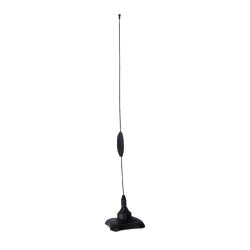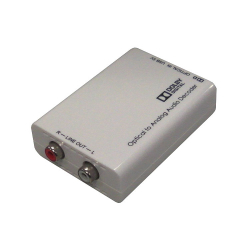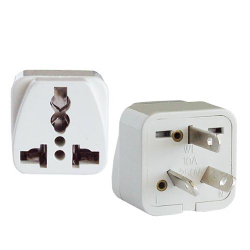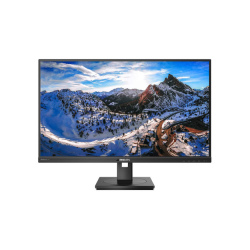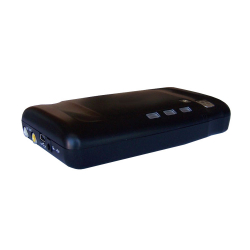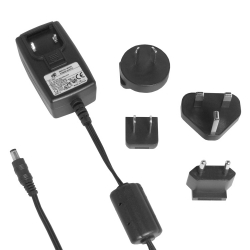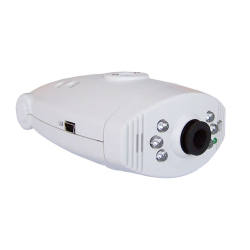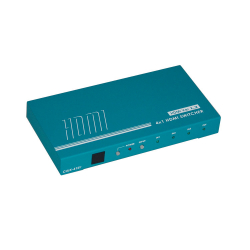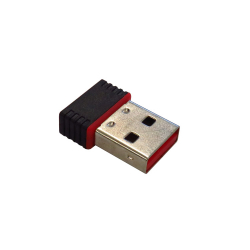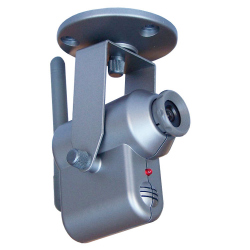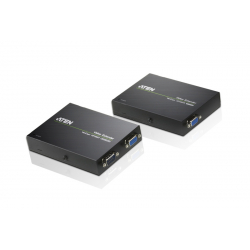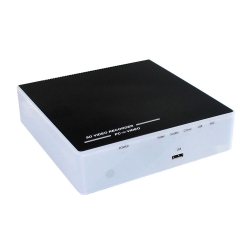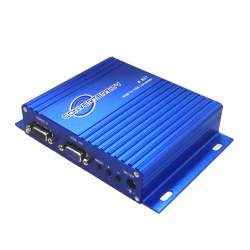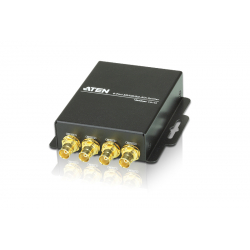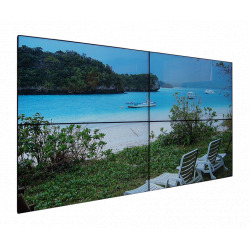A B C D E F G H I J K L M N O P Q R S T U V W X Y Z _
| HDMI 1.4 | HDMI 1.4 was released on May 28, 2009 and increases the maximum resolution to 4K × 2K (3840×2160p at 24Hz/25Hz/30Hz and 4096×2160p at 24Hz, which is a resolution used with digital theatres). Also introduced is the HDMI Ethernet Channel, which allows for a 100 Mb/s Ethernet connection between the two HDMI connected devices, as well as a new Micro HDMI Connector and expanded support for colour spaces. |
| HDTV | High Definition TV. The chosen display format for HDTV is 16:9 (compared to the classic 4:3 aspect ratio). See High Definition (HD) |
| Hue | Hue determines the weakness or intensity of a colour. If a particular colour is added to any other type of colour, the intensity of every colour created should be very nearly the same. In the NTSC standard, hue errors are more common than in the PAL standard due to a different colour encoding system. The PAL system compensates for colour problems and it corrects wrong hues during operation. |
| IEEE 1394 (FireWire) | IEEE-1394 is a high speed serial digital interfacing standard used to transfer digital video signals from one piece of equipment to another. The technology was developed by Apple and is also known as FireWire or iLink. It can transmit at data rates of up to 400Mb/s, more than enough to handle MPEG1 or MPEG2 compressed digital bitstreams, and sufficient for some uncompressed digital video formats. Updated versions allow a transfer rate of close to 800Mb/s. A typical IEEE-1394 interface cable may have two shielded TWP cables for bidirectional information transfer, plus two optional additional wires for supply of DC power. This type of cable can convey digital video bitstreams over distances up to about 4.5m. |
| Interlacing | Interlacing is a technique of improving the picture quality of a video signal without consuming extra bandwidth. In an interlaced scan, only half the screen is refreshed at a time. The video signal beam skips every other line, and fills in the missing lines on the next pass. Interlacing uses two fields to create a frame. One field contains all the odd lines in the image, the other contains all the even lines of the image. Interlacing causes a certain amount of visible flicker, but in live video it is hardly noticeable. When interlaced video is watched on a progressive monitor without deinterlacing, it exhibits 'combing' when there is movement between two fields of one frame. |
| KVM | Short for keyboard, video, and mouse. A hardware device that allows a user to control multiple computers from a single keyboard, video monitor and mouse. Although multiple computers are connected to the KVM, typically a smaller number of computers can be controlled at any given time. |
| LCD | Liquid Crystal Display. A display that consists of two polarising transparent panels and a liquid crystal surface sandwiched in between. Voltage is applied to certain areas, causing the crystal to turn dark. A light source behind the panel transmits through transparent crystals and is mostly blocked by dark crystals. Among its major features are its lightweight construction, its portability, and its ability to be produced in much larger screen sizes than are practical for the construction of CRT display technology. Its low electrical power consumption enables it to be used in battery-powered electronic equipment such as watches and clocks. |
| Letterboxing | The practice of transferring video content shot in a widescreen aspect ratio (eg 16:9) to standard-width video format (eg 4:3) while preserving the original aspect ratio. The resulting image has mattes (black bars) above and below it. |
| Lossless Audio | Describes an audio codec which is considered lossless – meaning that the exact original data is able to be reconstructed from the compressed data. The latest multi-channel audio codecs are based on lossless compression algorithms with extremely high fidelity, such as Dolby TrueHD and DTS-HD Master Audio. Other Lossless audio codecs include FLAC, WAV and Monkeys Audio. |
